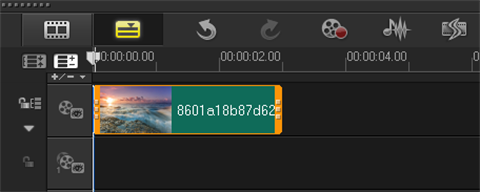This question can be seen as very stupid, but i'm actually strugling to make it clear into my head.
I have some academic experience with SSIS, SSAS and SSRS.
In simple terms:
SSIS - Integration of data from a data source to a data destination;
SSAS - Building a cube of data, which allows to analize and discover the data.
SSRS - Allows the data source to create dashboards with charts, etc...
Now, doing a comparison with Qlikview and Qliksense...
Can the Qlik products do exactly the same as SSIS, SSAS, SSRS? Like, can Qlik products do the extraction(SSIS), data proccessing(SSAS) and data visualization(SSRS)? Or it just works more from a SSRS side (creating dashboards with the data sources)? Does the Qlik tools do the ETL stages (extract, transform and load) ?
I'm really struggling here, even after reading tons of information about it, so any clarifications helps ALOT!
Thanks,
Anna
Yes. Qlik (View and Sense) can be used as ETL tool and presentation layer. Each single file (qvw/View and qvf/Sense) contains the script that is used for ETL (load all the required data from all data sources, transform the data if needed), the actual data and the visuals.
Depends on the complexity, only one file can be used for everything. But the process can be organised in multiple files as well (if needed). For example:
- Extract - contains the script for data extract (eventually with incremental load implemented if the data volumes are big) and stores the data in qvd files
- Transform - loads the qvd files from the extraction process (qvd load is quite fast) and perform the required transformations
- Load - load the data model from the transformation file (binary load) and create the visualisations
Another example of multiple files - had a project which required multiple extractors and multiple transformation files. Because the data was extracted from multiple data sources to speed up the process we've ran all the extractors files are the same time, then ran all the transformation files at the same time, then the main transform (which combined all the qvd files) into a single data model.
In addition to the previous comment have a look at the layered Qlik architecture.
There it is described quite well how you should structure your files.
However, I would not recommend to use Qlik for a full-blown data-warehouse (which you could do with SSIS easily) as it lacks some useful functions (e.g. helpers for slowly-changing-dimensions).





